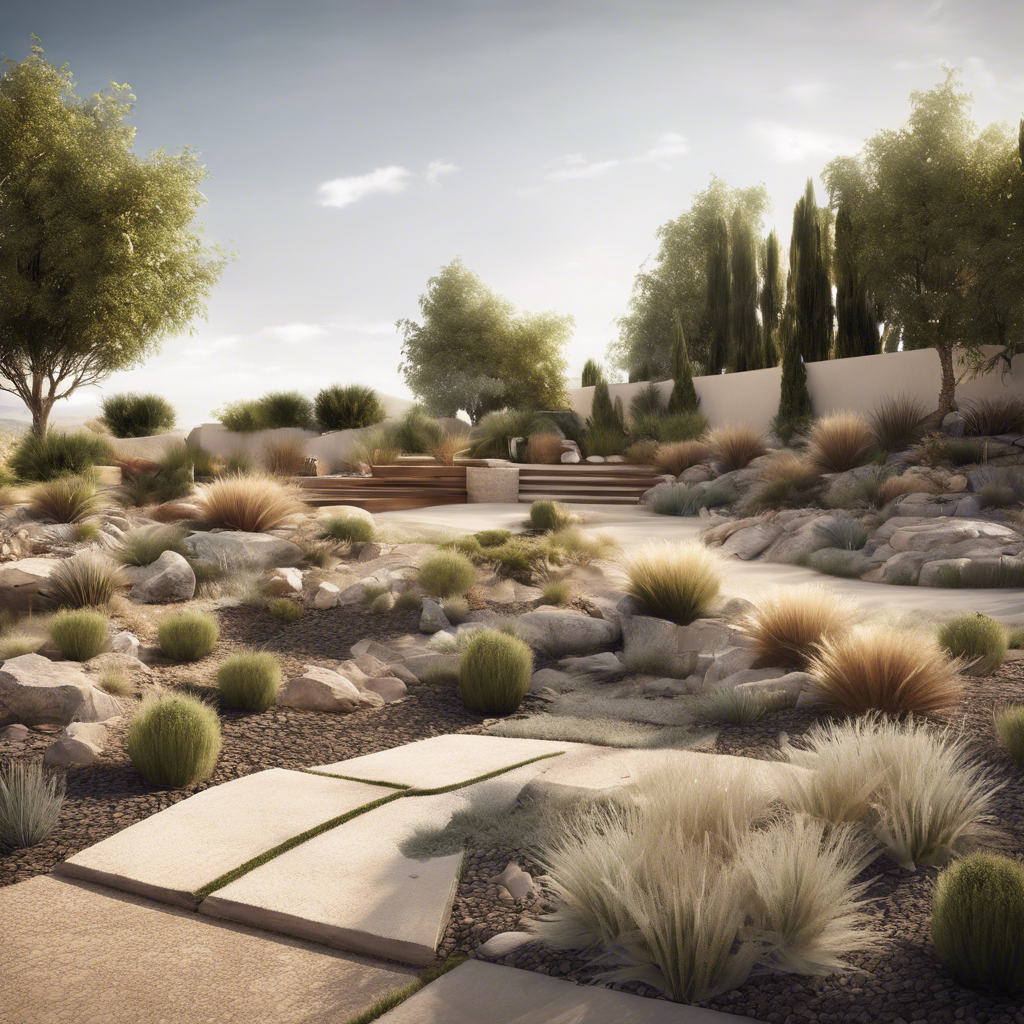Transform Your Landscape with Drought-Resistant Designs
- JD Landscaping
- Jun 22, 2024
- 2 min read
Updated: Jun 23, 2024
In the realm of landscaping, the battle against unpredictable weather conditions, especially droughts, has been an ongoing challenge for both professionals and enthusiasts. The quest for sustainable, water-efficient landscapes has led to the rise of drought-resistant landscaping designs. These innovative designs not only conserve water but also offer aesthetic appeal and low maintenance requirements, making them a popular choice for modern outdoor spaces. jdlandscapingny.com

Understanding Drought-Resistant Landscaping
Drought-resistant landscaping, also known as xeriscaping, focuses on selecting plants, materials, and design elements that thrive with minimal water. By incorporating native plants, efficient irrigation systems, and strategic design principles, professionals can create landscapes that remain vibrant and healthy even during extended periods of drought.
Water Conservation: The primary benefit of drought-resistant landscaping is its ability to significantly reduce water consumption, making it environmentally friendly and cost-effective in the long run.
Low Maintenance: Once established, these landscapes require minimal upkeep, saving time and effort typically spent on watering, pruning, and fertilizing traditional gardens.
Resilience: Drought-resistant plants are adapted to survive in arid conditions, making them more resilient to climate fluctuations and extreme weather events.
Key Elements of Drought-Resistant Landscaping Designs

One of the fundamental aspects of xeriscaping is the use of native plants that are naturally adapted to the local climate and soil conditions. These plants have evolved to thrive on minimal water, making them excellent choices for drought-resistant landscapes. By incorporating a variety of native species, landscapers can create diverse and visually appealing garden beds that attract local wildlife.

Implementing smart irrigation systems such as drip irrigation, soaker hoses, or rainwater harvesting can further enhance the water efficiency of a landscape design. These systems deliver water directly to the roots of plants, reducing evaporation and runoff while ensuring that each plant receives the right amount of moisture.
Incorporating mulch around plants helps to retain soil moisture, prevent weed growth, and regulate soil temperature. Additionally, strategic hardscaping elements like gravel pathways, rock gardens, and permeable surfaces can reduce water runoff and enhance the overall design aesthetic.
Finding a Professional Landscaper for Drought-Resistant Designs
When considering drought-resistant landscaping for your outdoor space, partnering with a knowledgeable and experienced landscaper is key to achieving sustainable results. For residents in Buffalo, NY, seeking reputable landscaping companies near me that specialize in xeriscaping and offer landscaping free estimates can help kickstart your water-efficient garden transformation.
In conclusion, embracing drought-resistant landscaping designs is not just a trend but a conscious choice towards creating eco-friendly, visually striking outdoor spaces that withstand the test of time. By incorporating native plants, efficient irrigation systems, and thoughtful design elements, professionals can transform landscapes into resilient, sustainable havens that thrive in the face of droughts and beyond.
So, why wait? Consult with a skilled landscaper today and embark on your journey towards a beautiful, water-wise garden oasis!
Remember, your landscape can be both breathtaking and environmentally conscious with the right design choices.
Let's Transform Your Landscape Sustainably!
Remember to consult with a JD Landscaping and snowplowing in Buffalo, NY for innovative drought-resistant landscaping designs. Contact us for a free estimate today! jdlandscapingny.com




Comments